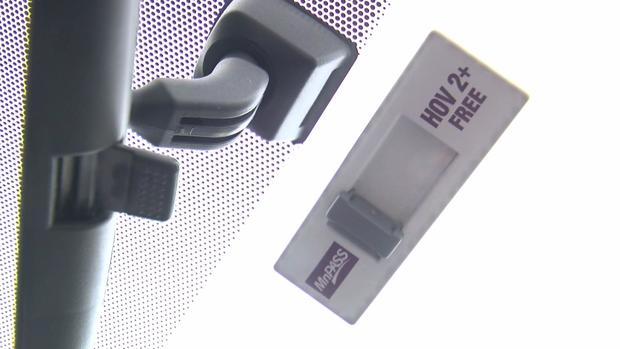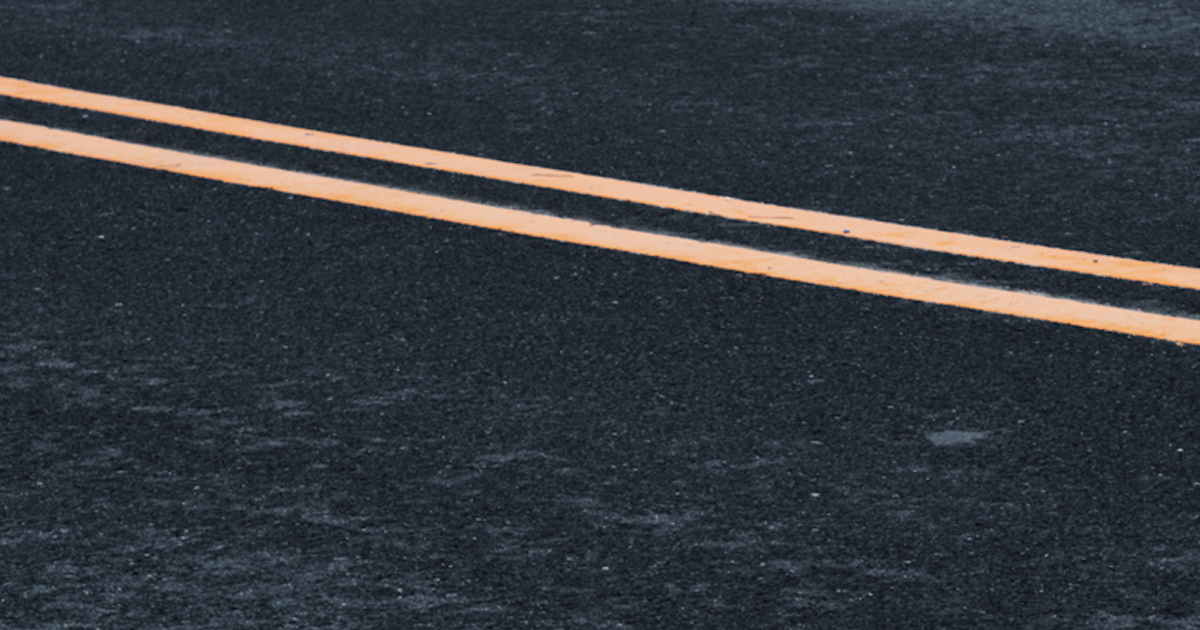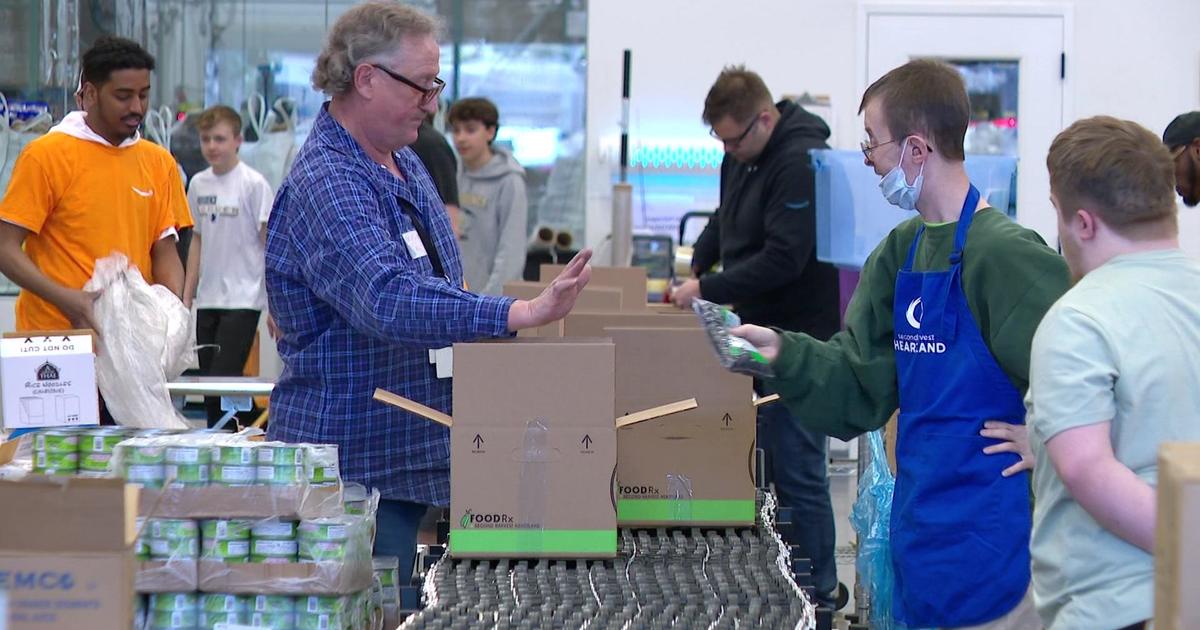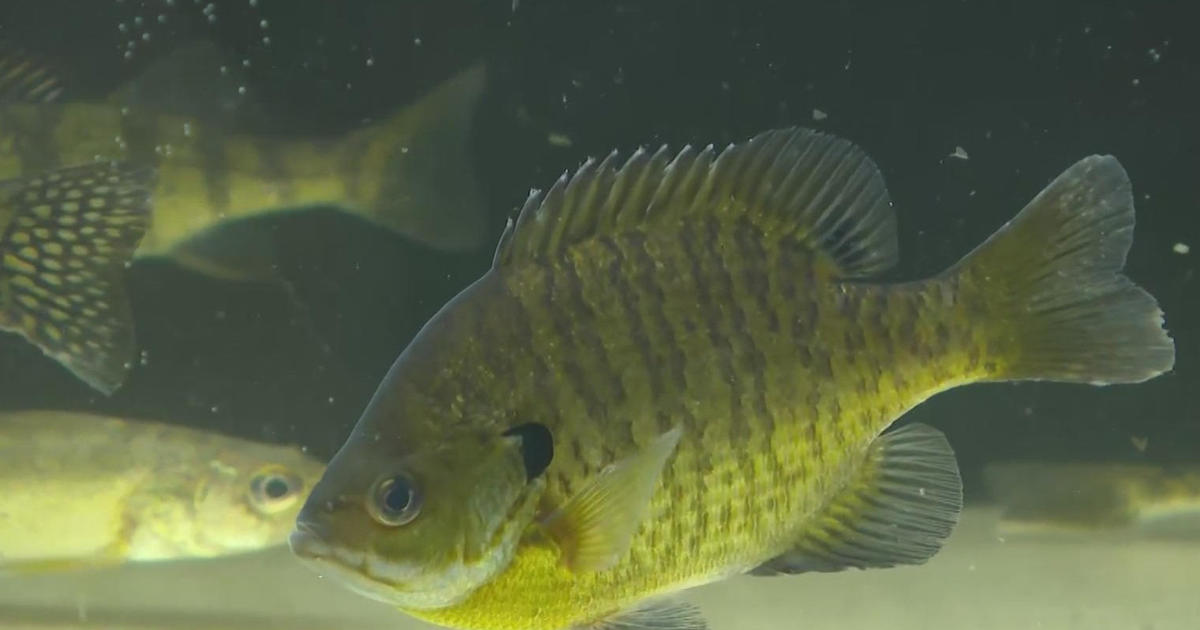How does Minnesota enforce the E-ZPass/carpool lanes?
MINNEAPOLIS -- Thousands of Minnesota drivers are breaking a rule of the road every day to avoid traffic on Twin Cities interstates.
We wanted to know: How does the state enforce the E-ZPass/carpool lanes?
On four stretches of metro interstates spanning 90 miles, E-ZPass/carpool lanes help alleviate traffic for the benefit of certain drivers.
According to MNDOT, in 2021 an average of more than 24,331 vehicles used the lanes during peak hours (6 a.m. - 10 a.m. and 3 p.m. - 7 p.m.) per day.
The majority were carpools vehicles at 63 percent. Buses made up 2 percent. Another 18 percent were vehicles properly using an E-ZPass accounts.
But 16 percent, or about one out of six vehicles, were violators.
"If we have too many violators, then obviously it's not going to work as designed," said Brian Kary, director of traffic operations for MNDOT's Regional Transportation Management Center.
How does MNDOT enforce the lanes?
"We have a contract with the [Minnesota] State Patrol, and then the State Patrol provides a dedicated team of troopers to enforce the E-ZPass lanes and make sure that people are using them appropriately," Kary said.
Lt. Paul Stricker supervises the team, which includes seven troopers underneath him.
"That's their full-time job amongst everything else troopers do," Stricker said.
What's the most typical type of violation in the E-ZPass lane?
"People without a transponder. And then we do get a small percentage of people that will switch the tag so that they look like they're paying but they're not. They're in the free mode like they would have a passenger with them," he said.
What are troopers using to enforce it?
"They're using a couple of different tools. They do have some enforcement beacons that are out there," Kary said.
An antenna along the lane checks vehicles for an E-ZPass transponder. It's routed to a beacon that then lights up blue if a vehicle has a transponder. It lights up orange if not, indicating to state troopers to check if there's multiple people in the car. Forty beacons were installed around the metro in 2020.
They're especially helpful at night when it's harder for troopers to see into vehicles.
If the beacon lights up blue, does that mean the account is actively being paid?
"We don't know if they actually are paying to use that lane at that point," Stricker said. "We would generally find another reason (to pull the driver over) if we felt that there was a violation. Or we can get up to the car and actually see that (the transponder) was in the right mode."
So far this year, Stricker said there have been 2,300 tickets or warnings given to violators from the eight-person enforcement team. The number of tickets and warnings is at least 25-percent higher when all of the Minnesota State Patrol is included since other troopers will stop violators as well.
"There was four troopers working today, and I think between the four of them they stopped just over 100 cars," Stricker said.
He added that they've often stopped drivers for speeding in the E-ZPass lane.
"A lot of people think it's the express lane, which means they can drive faster than the posted speed limit, which is not the case," he said.
Have you ever had the person who's trying to fake a second passenger in the car?
"Yes, we have had babies in car seats that aren't real babies. We've had skeletons that are dressed up like they're a passenger in the car," he said.
The fine for violating the E-ZPass lane is $100, plus another $75 surcharge. It can get as high as $300 due to court fees.
For more information on how E-ZPass works, click here.





